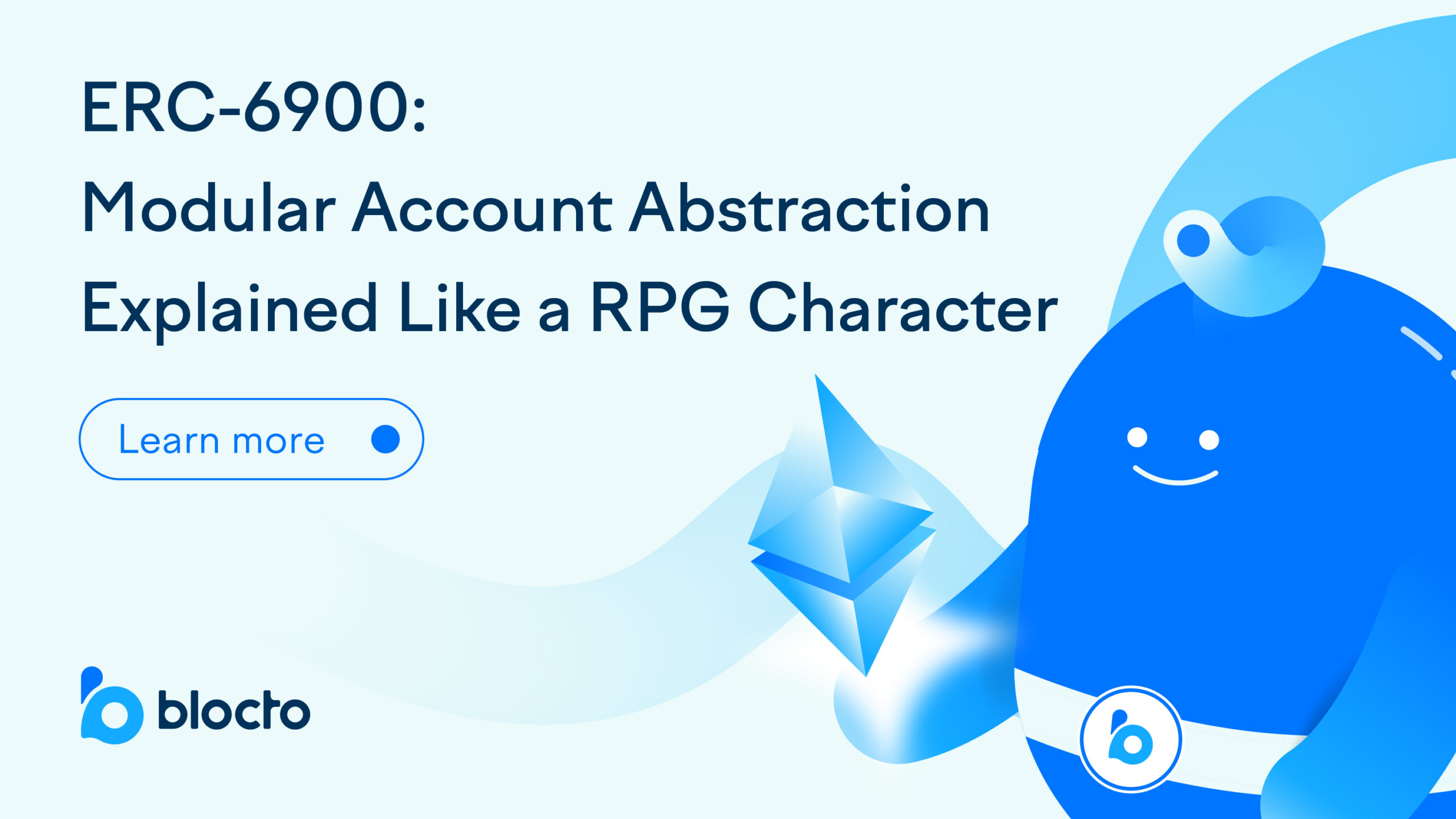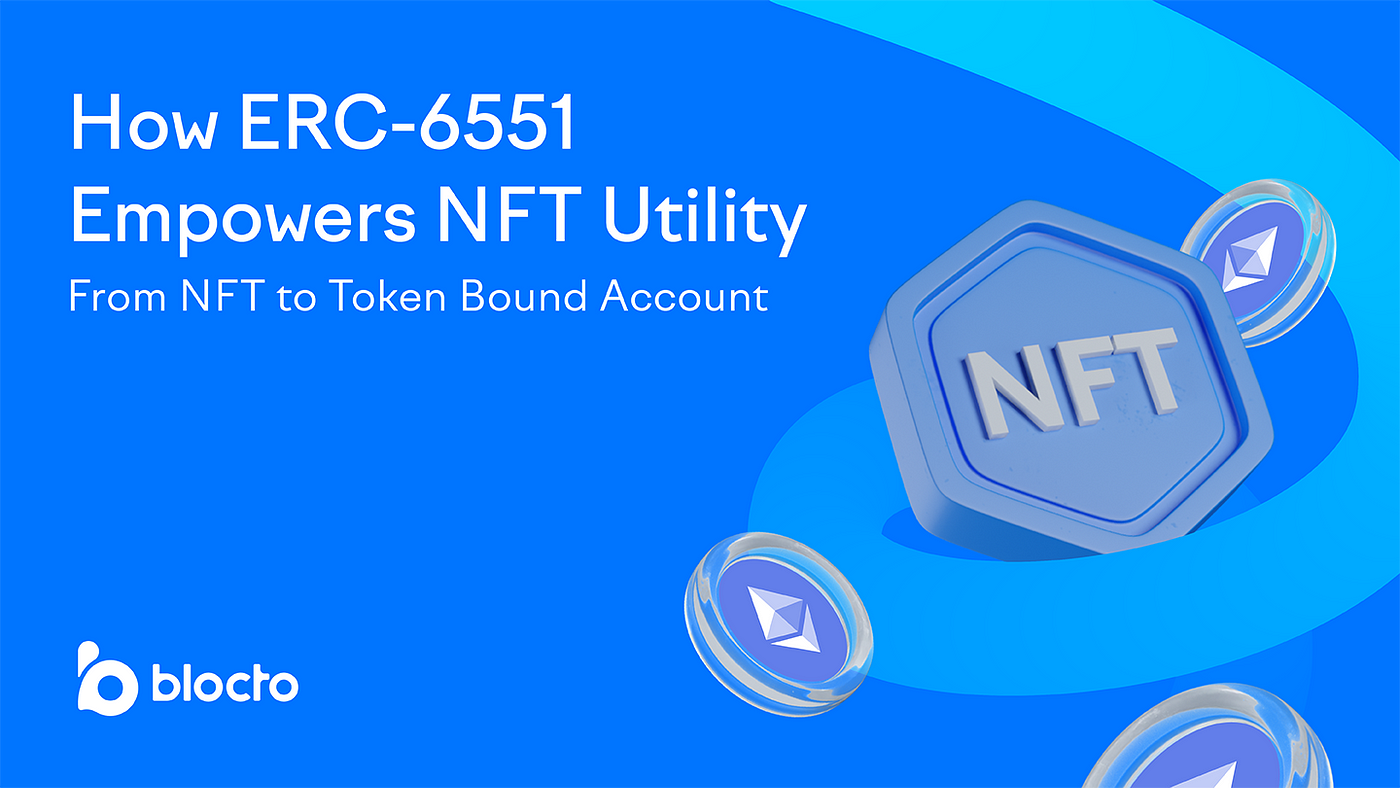
Have you ever began learning about something new, and thought “Hey, this sounds great, but let’s play devil’s advocate to find out its limitations or gain a more holistic perspective on the subject” In this case, that subject is ERC-4337, the recently deployed Ethereum standard that enables account abstraction smart contract wallets.
Welcome to our article that aims to provide developers with a deeper understanding of the misconceptions, challenges, and opportunities surrounding ERC-4337. If you don’t yet know what ERC-4337 is, check out this beginner friendly introduction to ERC-4337. It’s crucial for developers to have a holistic understanding on these topics to navigate the ever-evolving Ethereum ecosystem and leverage the full potential of the EVM.
Join us on this educational journey to learn more about ERC-4337 and smart contract wallets–starting with their misconceptions!
3 common misconceptions surrounding ERC-4337
Misconception #1: Smart contract wallet transactions are more expensive
When using smart contract wallets, transactions may have additional overhead compared to EOA transactions, including the cost of deploying the smart contract wallet on-chain. However, several factors contribute to lower transaction costs in AA:
- Smart contract wallets enable transaction batching, allowing multiple actions that would typically require separate EOA transactions to be combined into a single transaction. For example, interacting with a DeFi protocol often involves multiple transactions (e.g., approve → swap → deposit), which can be consolidated into a single transaction in AA, resulting in gas savings.
- ERC-4337 supports signature aggregation, enabling multiple AA transactions to share a single signature and reducing the cost per transaction. Check out these numbers from Vitalik!
- With ERC-4337, the smart contract account is not deployed until the user’s first transaction. Until then, the account actually exists, despite not having been deployed, enabling users to receive assets without incurring deployment costs.
Overall, whether AA or normal transactions have higher gas costs depends on the workload. In certain applications, particularly in DeFi, AA transactions have the potential to be more cost-effective.
Misconception #2: Owning a smart contract wallet still requires an EOA
While it is true that most smart contract wallets are currently associated with a private key, equating a private key to an EOA is erroneous for the following reasons:
- EOA ≠ private key: Although each private key has a corresponding EOA, the key itself is simply a cryptographic tool used for signing purposes. In the case of a SCW, the private key is securely stored and utilized to sign transactions for the smart contract account, much like MetaMask handles private keys. The corresponding EOA–if it exists–serves predominantly as a public key used for signature validation.
- AA removes the strict requirement for a private key: By implementing AA, transaction validation can be determined by arbitrary smart contract logic. Consequently, owning a private key is not a strict necessity in this context.
It is imperative to dispel the notion that an EOA is mandatory to own a smart contract wallet, as AA introduces new possibilities for transaction validation and eliminates the strict dependency on a private key.
Misconception #3: Account abstraction is unnecessary since we have MPC
When comparing multi-party computation (MPC) to AA, it’s helpful to understand their respective benefits:
- MPC enhances both the convenience and security of key management by allowing users to memorize and store different parts of a seed phrase. Users can then recall parts of the key phrase to use it, instead of the entire seed phrase. This is a significant improvement over traditional methods like writing down a lengthy seed phrase, which can be complicated.
- On the other hand, AA focuses on optimizing the transaction experience. It addresses key questions regarding transactions, such as gas payment responsibility, token usage for gas fees, and transaction signing. AA simplifies these aspects by abstracting them away, streamlining the overall transaction process.
Both MPC and AA actually complement each other well. MPC provides users with increased key security, whereas AA further enhances the transactional aspect, resulting in a seamless user experience. Together, they contribute to an improved ecosystem that prioritizes security, convenience, and seamless transaction execution. However, that’s not to say there are no challenges, as we will find out in the next section.
3 key challenges facing ERC-4337
Challenge #1: ERC-4337 is subject to potential changes
Despite its deployment on the mainnet, ERC-4337 remains in a draft status and is not yet considered final. The core team acknowledges the possibility of modifications to both the EIP and smart contracts. Fortunately, any anticipated changes are not expected to impact the core account interface. As a result, smart contract wallets currently compatible with ERC-4337 are likely to maintain compatibility with future iterations of the standard.
Challenge #2: ERC-4337 has been audited, but not formally verified
ERC-4337 lacks formal verification, leaving room for potential security issues despite undergoing an audit. However, dedicated teams are actively engaged in the formal verification process for ERC-4337. Its finalization is expected upon successful completion of formal verification.
Challenge #3: ERC-4337 is still relatively centralized
While ERC-4337 theoretically allows anyone to create relayers known as “bundlers,” there are currently only a few reliable and production-ready options suitable for widespread use. However, it is expected that this will change as more bundlers become available in the future, which is something to look forward to as ERC-4337 and smart contract wallets continue to develop.
Future opportunities and closing remark
As we conclude, it’s important to remember that despite the challenges discussed, there is a promising future for ERC-4337 and SCWs ahead. The benefits and opportunities presented by ERC-4337 and smart contract wallets far outweigh the hurdles that will be overcome.
ERC-4337 brings about a paradigm shift in the Ethereum ecosystem, allowing for direct transactions from smart contract wallets and paving the way for a new generation of Web3 users. The potential for lower transaction costs through batching and signature aggregation opens doors for more efficient interactions, especially in DeFi applications.
While ERC-4337 is still evolving, the core account interface remains stable, ensuring compatibility for existing SCWs. Formal verification efforts are underway to enhance security, and as more teams join in, we can expect a finalized and more robust ERC-4337 standard.
Though the bundler landscape is currently limited, the expansion of reliable and production-ready options is on the horizon. This will further decentralize the network and empower users with more choices and opportunities.
In summary, ERC-4337 and smart contract wallets hold immense potential for developers and users alike. By dispelling misconceptions, addressing challenges, and embracing the opportunities they bring, we can look forward to a future where SCWs become the norm, revolutionizing the way we interact with the EVM. For further reading on SCWs, make sure to check out this helpful article and this insightful article on Web3 wallets.
Stay informed on the top ERC-4337 projects to watch in 2023 and keep exploring the Ethereum ecosystem–starting with OpenBlocto, the starting ground for AA SDKs!

